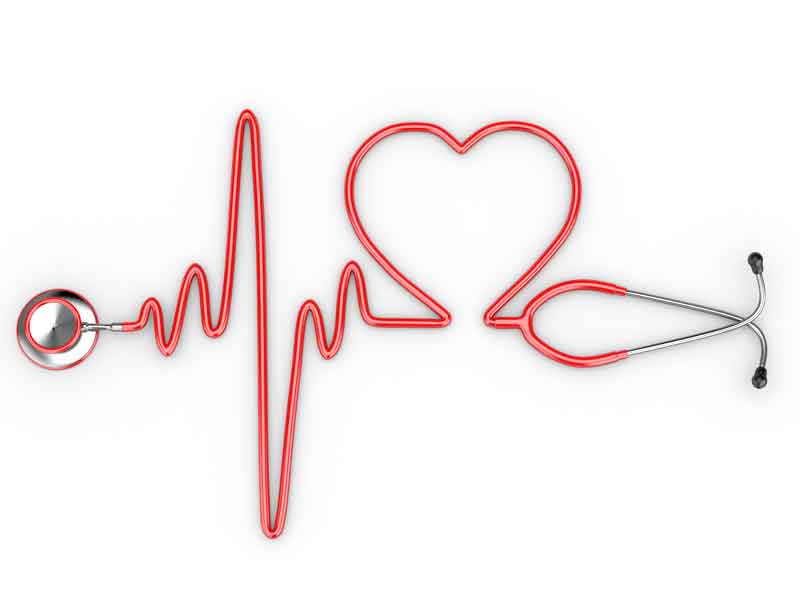Heart Healthy—What Every Woman Should Know About Heart Disease
By Nicki Anderson
February 2014 View more Health & Fitness
 February is American Heart Month. As much as we read about breast cancer and the number of women impacted each year, heart disease is the number one killer of women causing one in three deaths annually. Therefore, understanding the causes, warning signs and ways to prevent heart disease are your best defense against this serious health threat.
February is American Heart Month. As much as we read about breast cancer and the number of women impacted each year, heart disease is the number one killer of women causing one in three deaths annually. Therefore, understanding the causes, warning signs and ways to prevent heart disease are your best defense against this serious health threat.
Heart Disease Myths
Heart disease only targets older women.
Heart disease is not discerning as it affects women of all ages. For younger women, the combination of birth control pills and smoking increases heart disease risks by 20 percent. And though it is true that age increases risk, lifestyle habits such as overeating and inactivity causes plaque to accumulate and lead to clogged arteries later in life. Even if you are active and eat well, an underlying heart condition at birth counts as a risk factor.
If you’re healthy, heart disease won’t affect you.
No matter what your activity level, no matter how connected you are with your Zen, you’re not exempt from disease. Factors like cholesterol, eating habits and smoking can counterbalance your other healthy habits. You can be thin and have high cholesterol. The American Heart Association recommends you begin getting your cholesterol checked at age 20, or earlier, if your family has a history of heart disease.
Same symptoms as men.
Sixty-four percent of women who die suddenly of coronary heart disease had no previous symptoms. Because these symptoms vary greatly between men and women, they’re often misunderstood. We have been conditioned to believe that the telltale sign of a heart attack is extreme chest pain. But in reality, women are somewhat more likely to experience shortness of breath, nausea, vomiting and back or jaw pain. See warning signs later in this article.
Causes of Heart Disease
Heart disease affects the blood vessels and cardiovascular system. Numerous problems can result from this, many of which are related to a process called atherosclerosis, a condition that develops when plaque builds up in the walls of the arteries. This buildup narrows the arteries, making it harder for blood to flow. If a blood clot forms, it can stop the blood flow which may cause a heart attack or stroke.
Warning Signs
Only one in five American women believe that heart disease is her greatest health risk. Women are less likely to call 911 when experiencing symptoms of a heart attack themselves.
Although the symptoms are not always as severe or prominent as they are in men, women are more likely to experience the following symptoms.
• Neck, shoulder, upper back and abdominal discomfort
• Shortness of breath
• Nausea or vomiting
• Sweating
• Lightheadedness or dizziness
• Unusual fatigue.
Women are more likely to dismiss these symptoms and chalk them up to something else. Because some women tend to focus less on their personal health risks, they often wait too long for treatment and the outcome can be fatal.
Prevention
There are many things you can do to prevent heart disease especially regarding your lifestyle.
• If you’re a smoker, quit
• Manage your blood sugar
• Monitor your blood pressure
• Lower your cholesterol
• Know your family history
• Stay active
• Lose weight
• Eat healthy
Studies show that healthy choices have resulted in 330 fewer women dying from heart disease per day. But nothing can improve without action. With the right information, education and care, heart disease can be successfully treated in women. Listen to your body, take care of yourself and share what you know about heart disease with other women. It just may save a life.


